Why, you may ask, is Sacramento the capital of California? Los Angeles is a bigger city, and San Francisco is much more interesting. To find the answer we have to go back to the 1840’s, before California was a state, before it was even part of the United States.
John Augustus Sutter, born in Germany and spent his life moving around different places in North America. California was a province of Mexico, and its regional government was based in the town of Monterey. In 1838 Sutter came to the provincial office and requested permission to create a settlement at the confluence of the Sacramento and American Rivers in California’s Central Valley.
Frank Buchser [Public domain], via Wikimedia Commons |
In 1839 he began construction on the settlement of New Helvetia (New Switzerland). The first thing he built was a fort, to house his private army, act as trading post, and provide protection for settlers. When construction was completed in 1841 he was granted title to almost 200 square-kilometers (77 square-miles) along the Sacramento River. He used his private army to control the area and pretty much treated the local Indians as slaves. Five years later, in 1846, The United States took control of California after the Mexican-American War.
By J. H. Richardson, engraver [Public domain], via Wikimedia Commons |
Fort Sutter is still in Sacramento. The city has grown around it, but it sits as a California State Historic site. You can visit and see how the original settlers lived. We were lucky enough to visit on a day that there were people reenacting the roles of settlers.
 Inside Fort Sutter
Inside Fort Sutter Making Butter
Making Butter
One of Sutter’s main source of income was providing lumber to the growing city of San Francisco. He built a mill in the town of Coloma, California, about 45 miles up the American River from Fort Sutter. The mill used water power from the river and turned trees from the Sierras into needed lumber. The product was then sent down the American River to the big city.
See page for author [Public domain], via Wikimedia Commons |
Sutter’s Mill was run by his partner James Marshall. While Sutter lived in relative comfort in Fort Sutter, Marshall spent his days out in the wilderness with his crew of lumberjacks and mill workers. One day he was inspecting the tailrace, where the water that powered the mill was returned to river. He noticed something in the trace that was reflecting light. Looking closer, he found out that these were gold flakes. The date was January 24, 1848, and California would never be the same.
Today Sutter’s Mill, and most of the town of Coloma are a California State Historic Site. You can visit the rebuilt mill, some of the homes and stores that were built during the gold rush years, or take a hike that has great views of the American River and its valley. You can even pan for gold, who knows, you might get lucky.
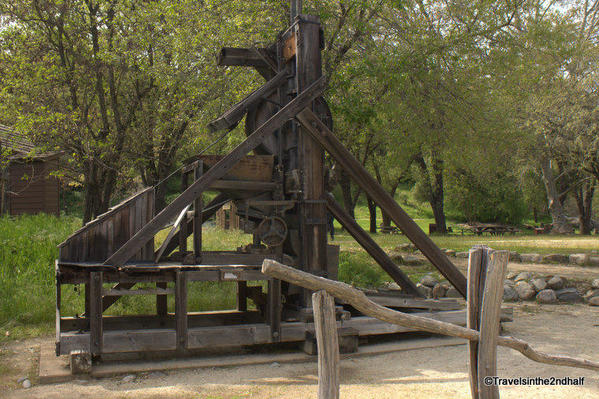 Stamp Mill - to crush rock and look for gold
Stamp Mill - to crush rock and look for gold
Getting Here:
Sutter’s Fort State Historic Park – The entrance is on 28th street between K Street and L Street in Sacramento CA.
Marshall Gold Discovery Site – Take route 50 east from Sacramento to Placerville. There pick up route 49 north to Coloma


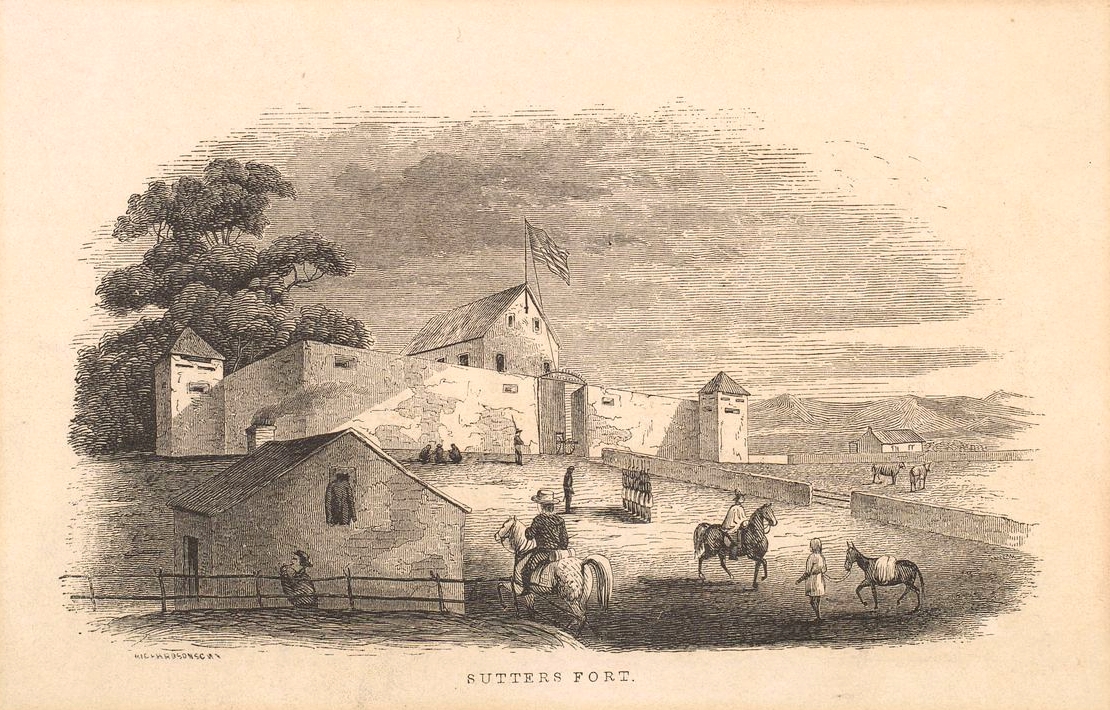
 Your author at the loom
Your author at the loom Baking bread
Baking bread

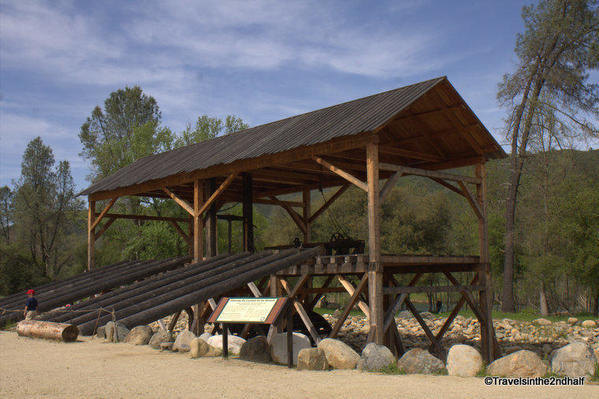 Recreation of Sutter's Mill
Recreation of Sutter's Mill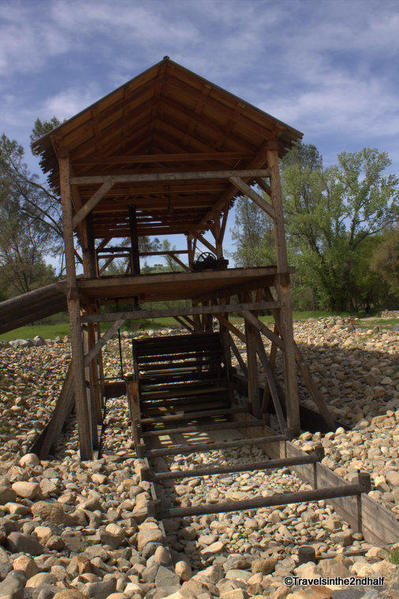
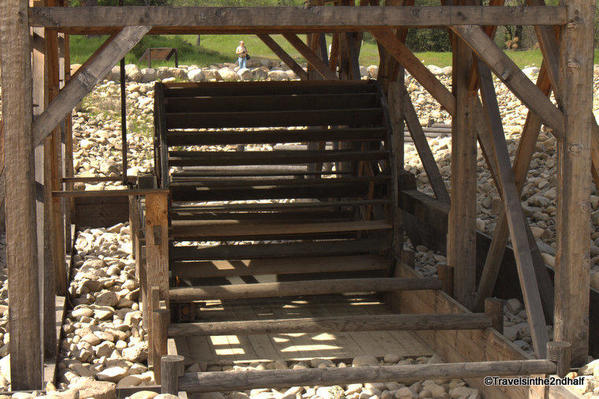
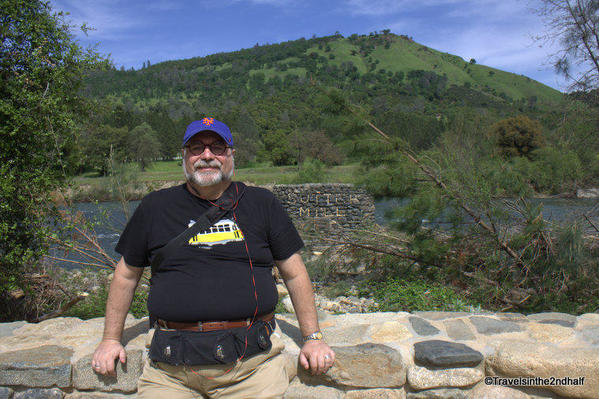
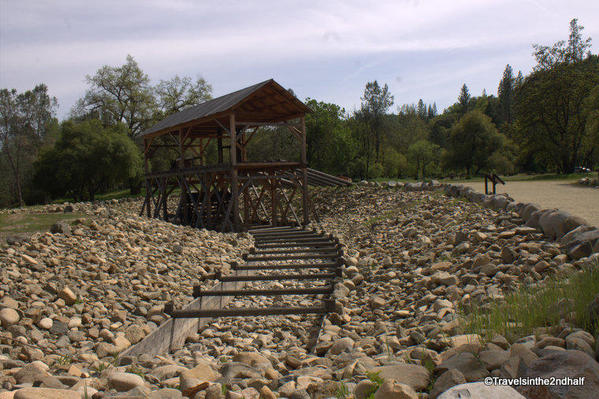
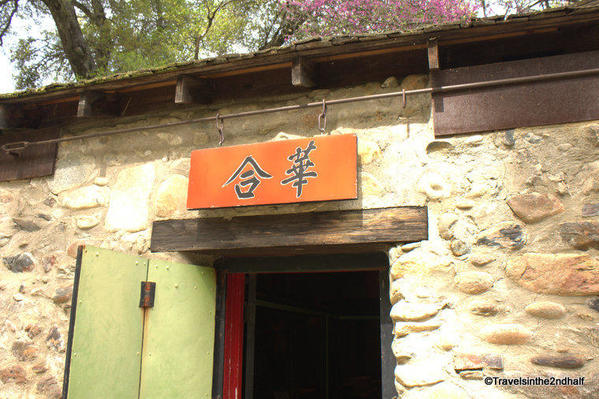 Woo Hop's Store
Woo Hop's Store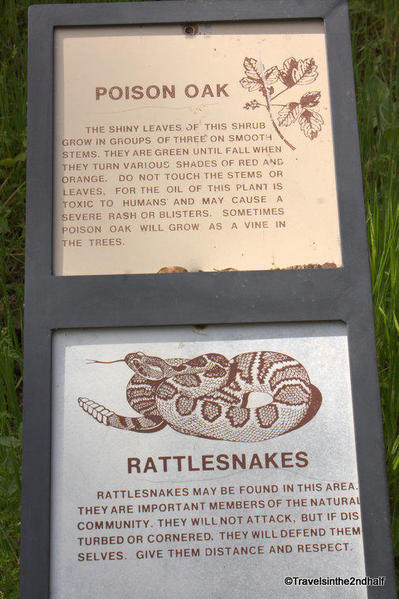
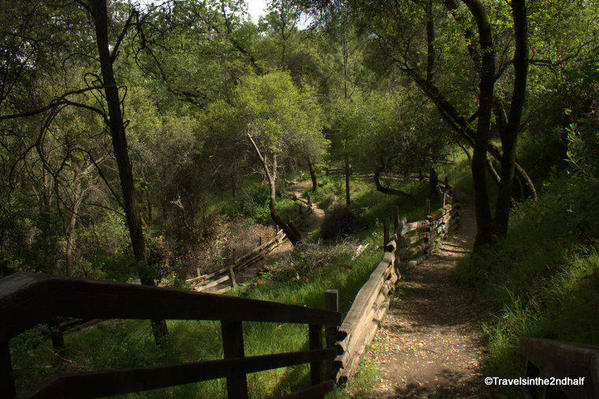
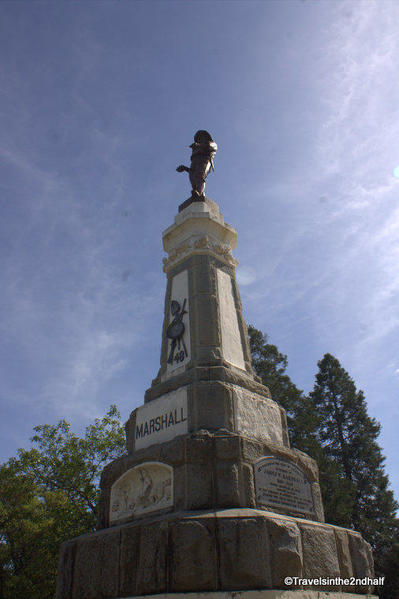















Comments (0)